The Mission: Impossible franchise got off to a pretty rocky start. The first one was a perfectly serviceable spy thriller with some memorable moments, but it was nothing to rave about. The sequel was a ludicrously over-the-top John Woo actioner butchered by studio interference. The third settled into generic action blockbuster territory, seemingly killing the franchise.
But then came Ghost Protocol, the fourth movie, in 2011, which blew the whole thing wide open, introducing the notion of Tom Cruise pushing himself to do increasingly insane stunts. It set a high bar for the franchise, a bar that was later topped by Christopher McQuarrie’s second crack at an M:I movie, Fallout, in 2018.
10 Fallout Is The Best: Most Of The Effects Are Practical
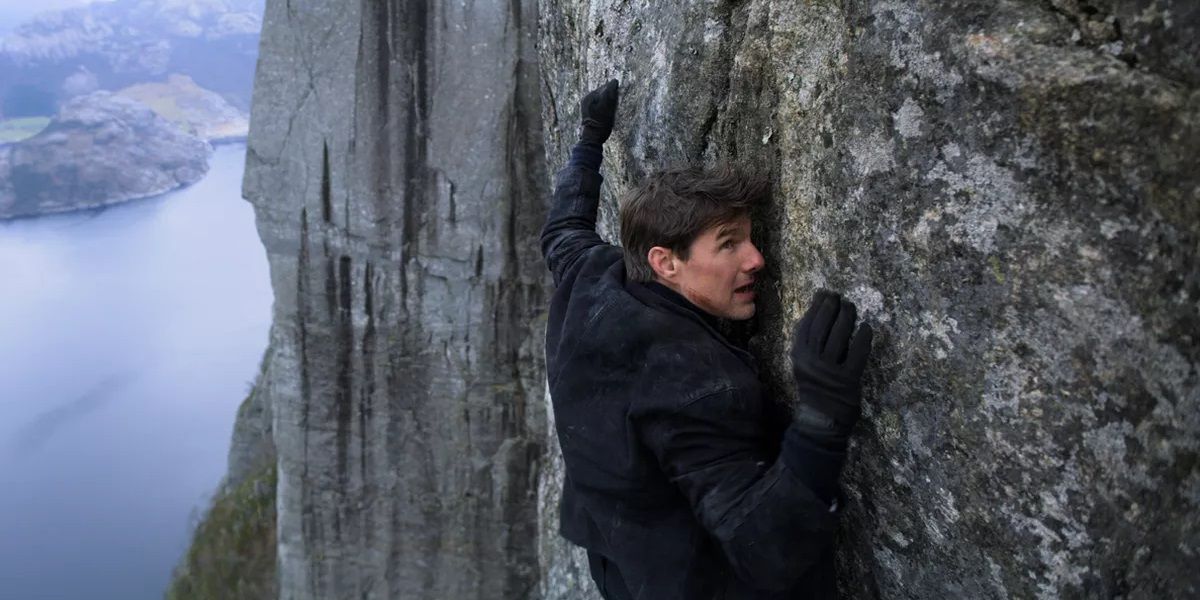
Every time Tom Cruise makes a new Mission: Impossible movie, he does bigger and bolder stunts. The filmmakers have also relied less on CGI and utilized more practical effects as the franchise has gone on.
The most practical effects in the franchise can be found in Fallout, the first M:I movie since George Miller set a new benchmark for action cinema with Mad Max: Fury Road, and the action set pieces are really visceral as a result.
9 Ghost Protocol Is A Close Second: Michael Giacchino’s Score Is Phenomenal
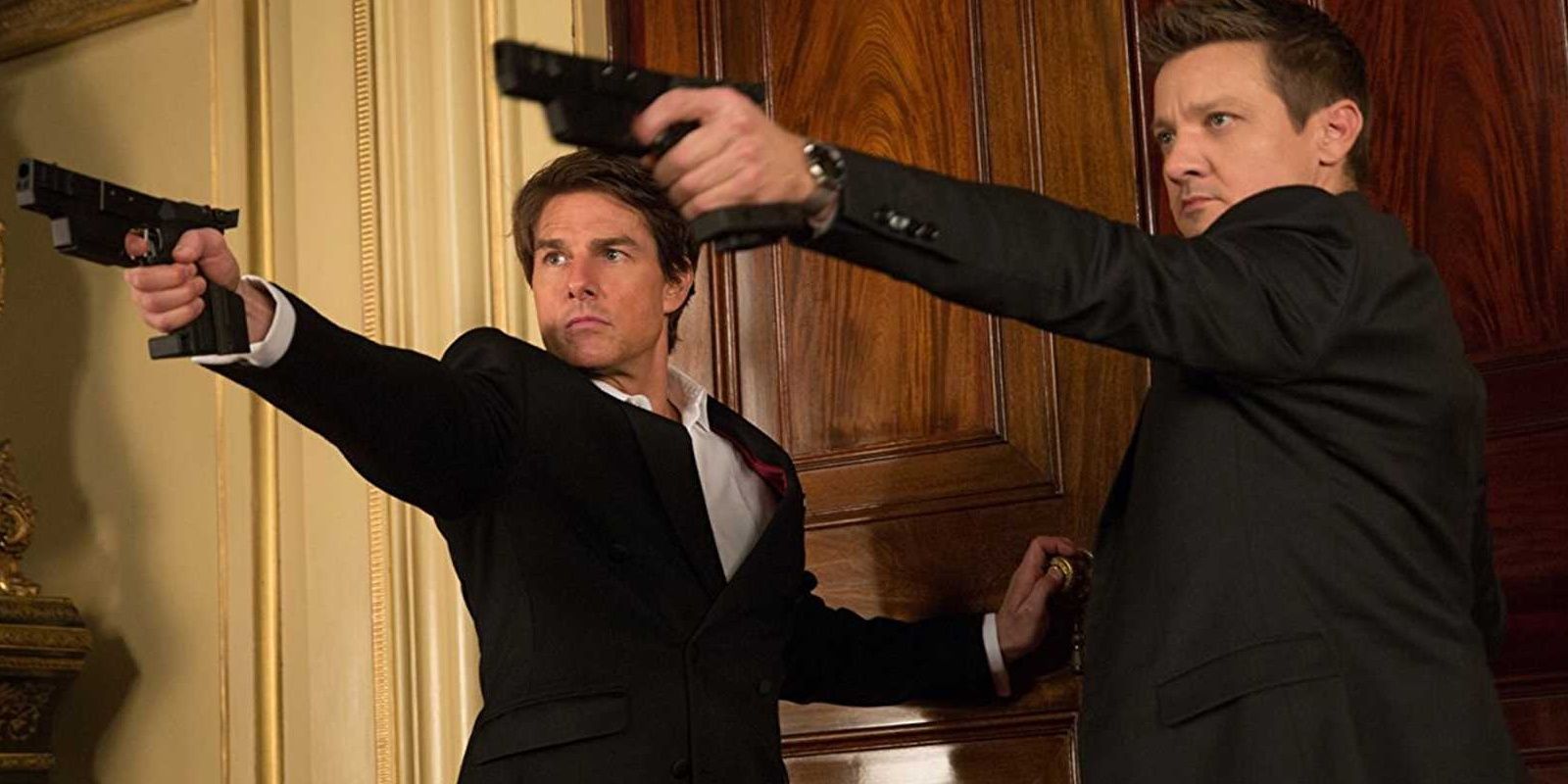
In discussions of film scores, action movies don’t often come up. People like listening to scores from dramas and war movies and westerns, but rarely from the action genre. Michael Giacchino’s score for Mission: Impossible – Ghost Protocol is an example of a great action movie score.
Giacchino had previously scored Mission: Impossible III, but he did his best work for the franchise in Ghost Protocol. He complemented the intense action with equally intense music and gave the iconic Lalo Schifrin theme a modernized upgrade.
8 Fallout Is The Best: The Action Is Spectacularly Shot And Edited
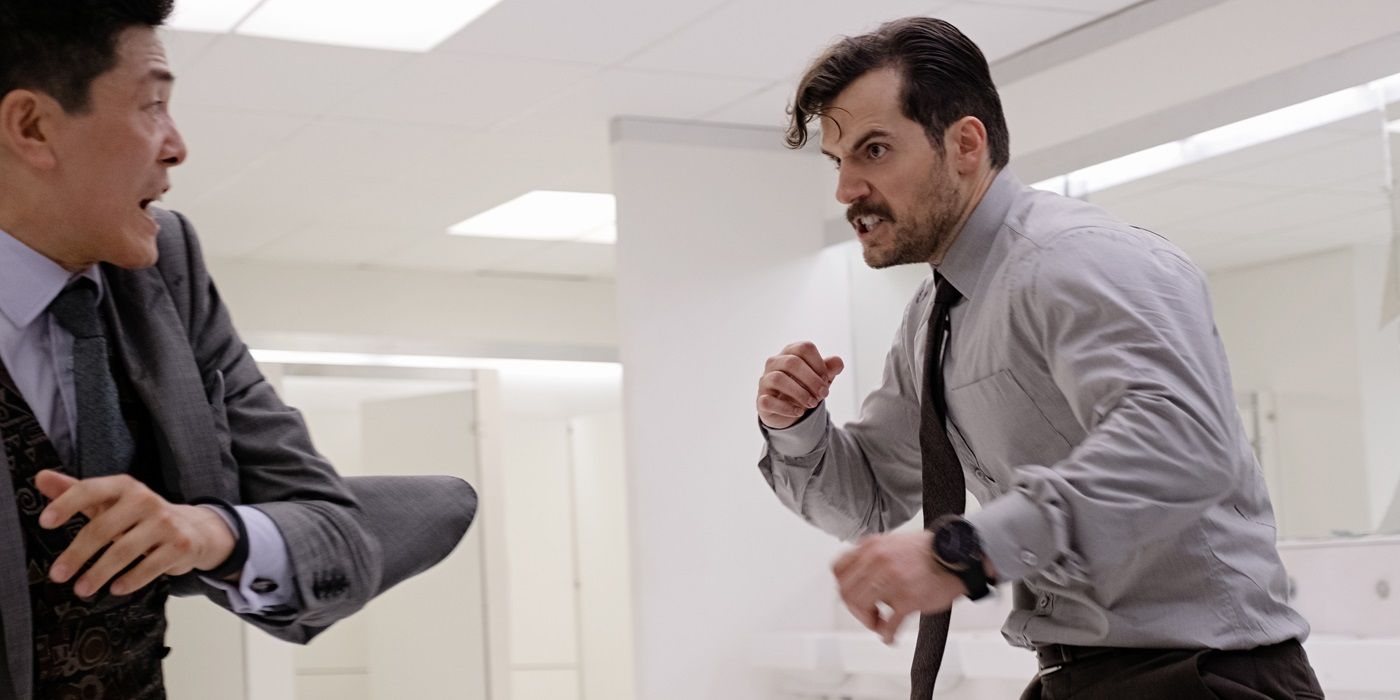
Brad Bird did a fine job of helming the action sequences in Ghost Protocol, but at the end of the day, his background is in animation, not action movies. Christopher McQuarrie is a veteran of directing action, and he perfected his craft on Fallout.
From the bathroom brawl to the final helicopter chase, the action in Fallout is shot and edited to capture as much intensity as possible.
7 Ghost Protocol Is A Close Second: The Burj Khalifa Sequence Is Breathtaking
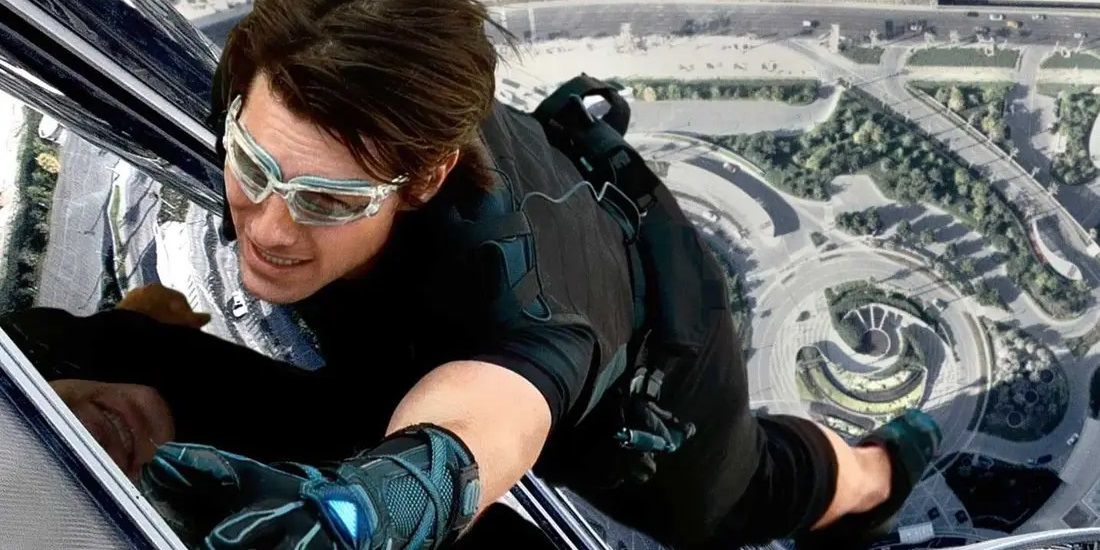
In a lot of modern blockbusters, the set pieces are made up of CGI. The audience can tell when this is the case, and as a result, the danger doesn’t feel real. In Mission: Impossible movies, the danger feels very real because Tom Cruise puts himself in danger for our entertainment.
When Ghost Protocol was shooting its breathtaking Burj Khalifa sequence, in which Ethan Hunt climbs along the side of the tallest building in the world, Cruise actually put his life on the line to scale the actual skyscraper, and that effort shows.
6 Fallout Is The Best: There’s An Insane Tom Cruise Stunt In Almost Every Scene
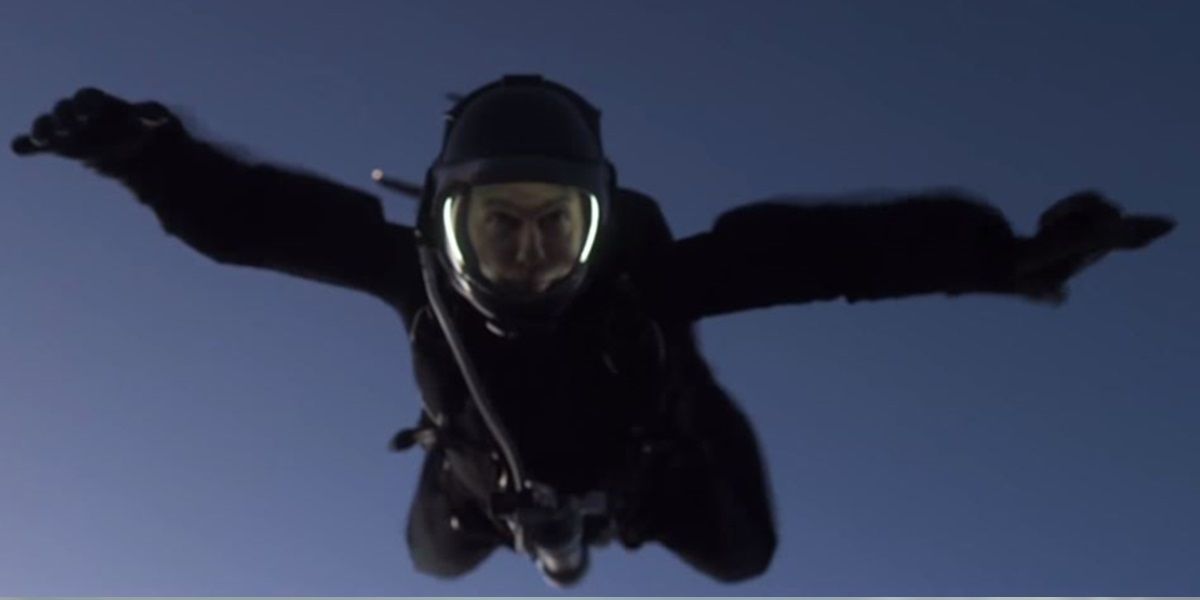
After Ghost Protocol’s Burj Khalifa sequence, the Mission: Impossible franchise became an exercise in one-upmanship, with Tom Cruise topping his own ridiculous stunts with even more ridiculous stunts. In Rogue Nation’s opening sequence, he hung off the side of a plane as it took off.
But once that opening sequence was out of the way, it was all downhill from there. Fallout rectified that by giving fans not just one insane Tom Cruise stunt, but a whole slew of them. There’s one in almost every scene. Fallout on its own is an exercise in one-upmanship.
5 Ghost Protocol Is A Close Second: It’s A Top-Tier Blockbuster
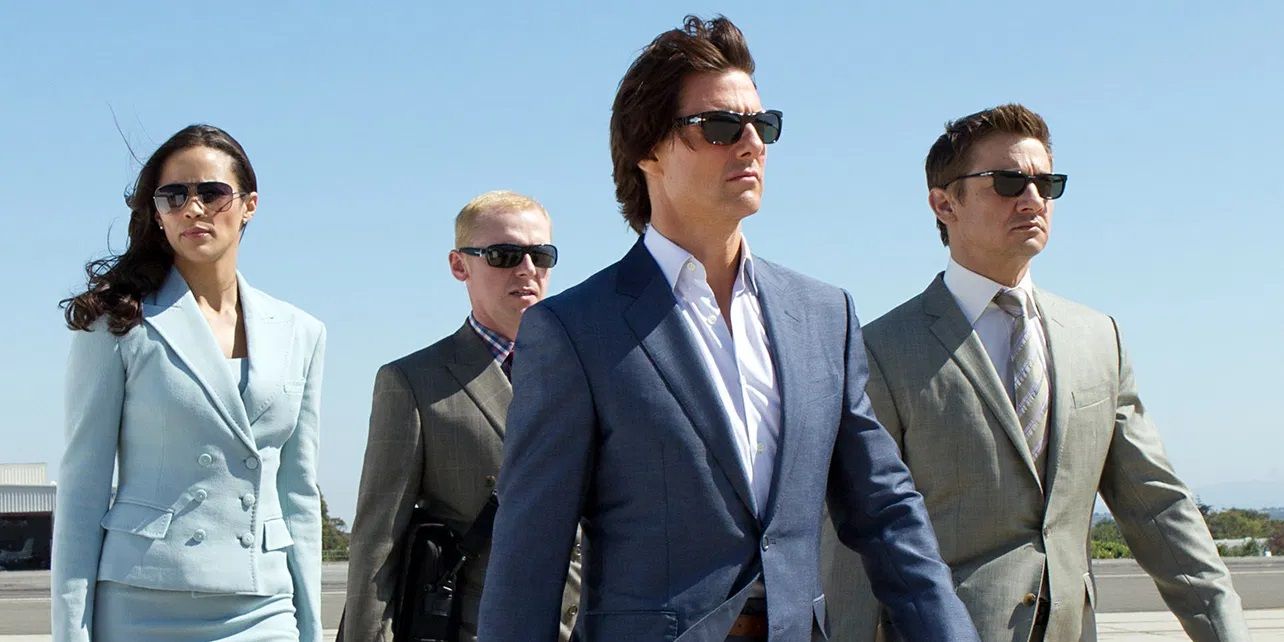
Ever since Steven Spielberg pioneered the concept of the blockbuster with Jaws, and George Lucas solidified it with Star Wars, film loyalists have questioned the merits of big-budget studio movies with a clear three-act structure and “hero’s journey.”
From Jurassic Park to Guardians of the Galaxy, there are plenty of blockbusters that prove their merits. Mission: Impossible – Ghost Protocol is a prime example of a top-tier blockbuster that can be used to defend Hollywood’s business model.
4 Fallout Is The Best: It Has The Franchise’s Most Memorable Villain
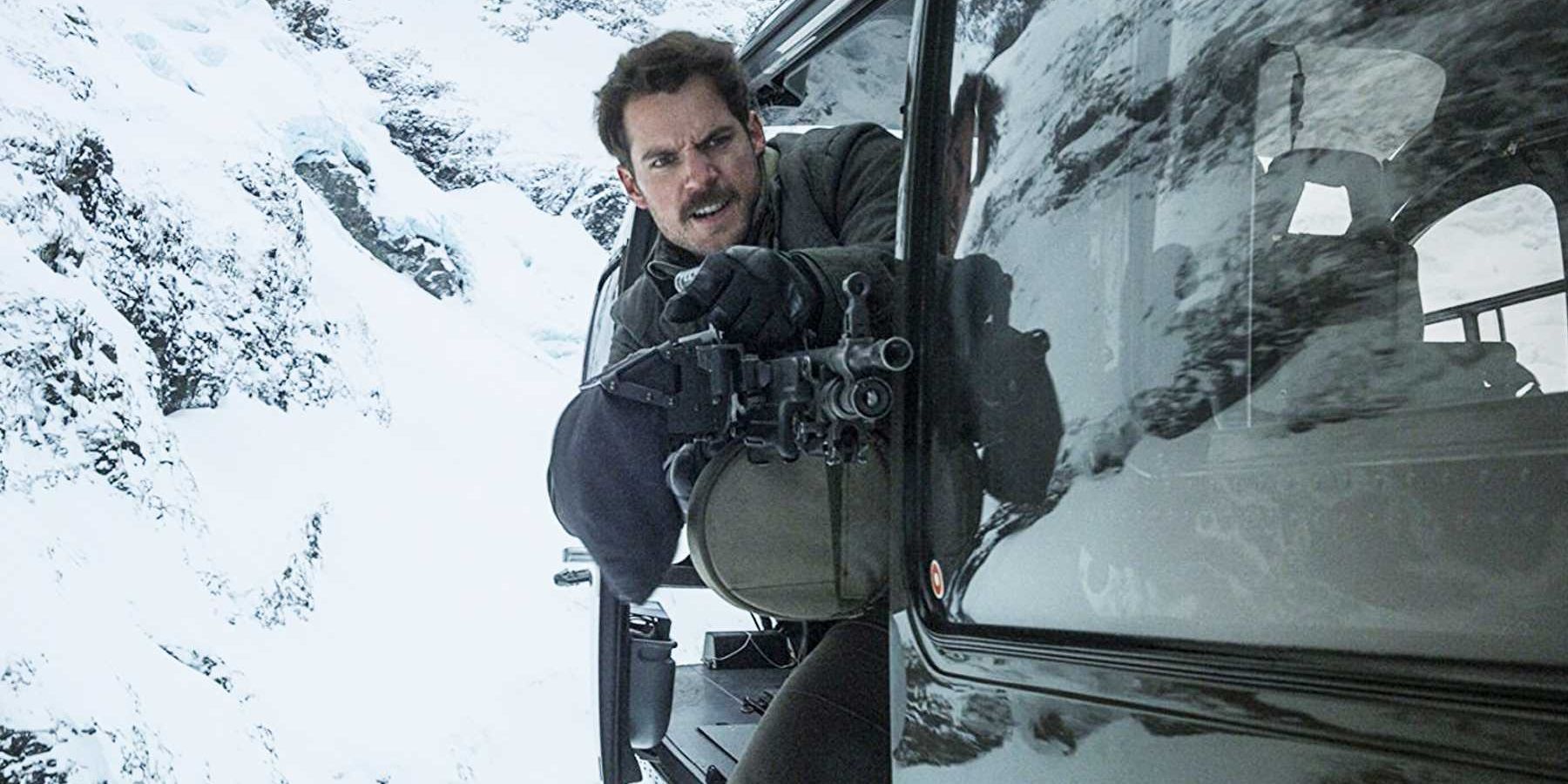
While Ethan Hunt and his team are the focal point of every Mission: Impossible movie, it would be great to have some entertaining villains. Villains are one of the most important components of a spy story, thanks to the Bond franchise, but M:I often falls flat in this area.
Henry Cavill’s August Walker, a government liaison who turns out to be a double agent with an ulterior motive, is the most memorable villain in the entire Mission: Impossible franchise.
3 Ghost Protocol Is A Close Second: The Twists Are Really Shocking
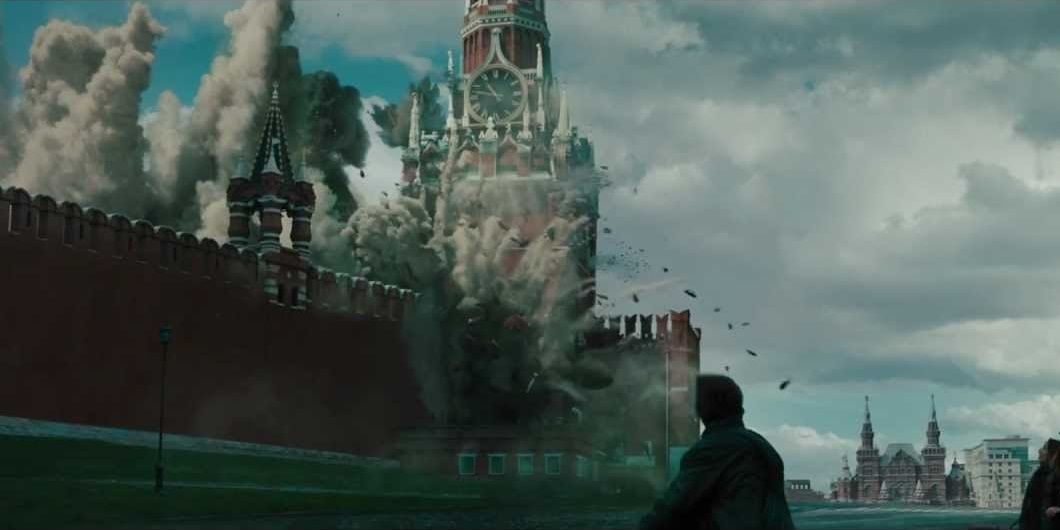
Some of the earlier Mission: Impossible movies stumbled from plot twist to plot twist, failing to surprise the audience.
However, the twists in Ghost Protocol have the ability to actually keep viewers intrigued. Just look at the scene in which the Kremlin unexpectedly explodes in the middle of a carefully planned operation.
2 Fallout Is The Best: The Plot Actually Makes Sense
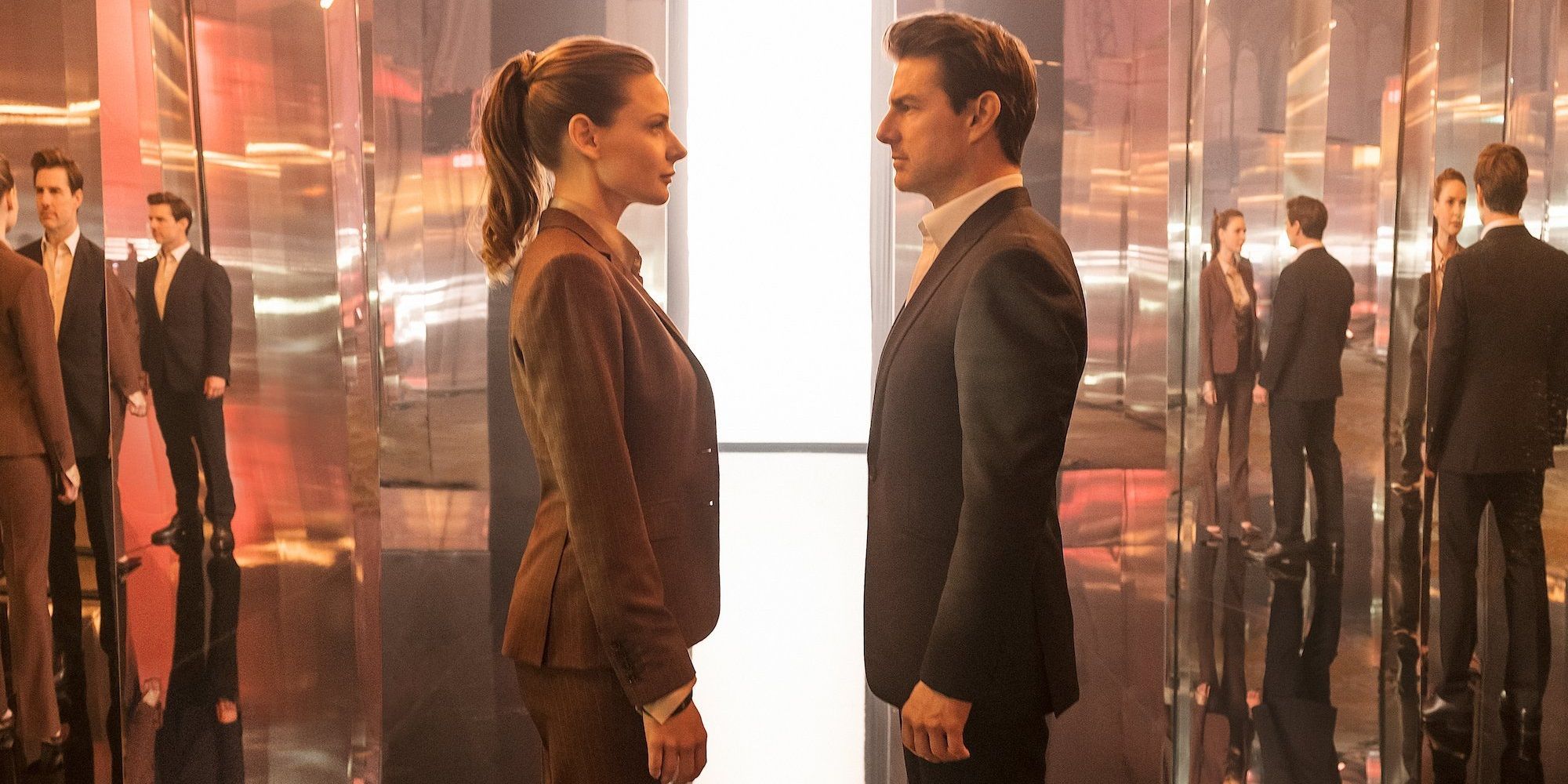
It’s fair to say that plot is the least important part of a Mission: Impossible franchise. Alfred Hitchcock defined the MacGuffin because spy movies need an insignificant plot element to drive the story from action scene to action scene.
But the plot in Fallout actually makes sense. Viewers can follow the events of the story, be surprised by the twists and turns, and feel satisfied at the end of it.
1 Ghost Protocol Is A Close Second: It Gave The Franchise A Second Wind
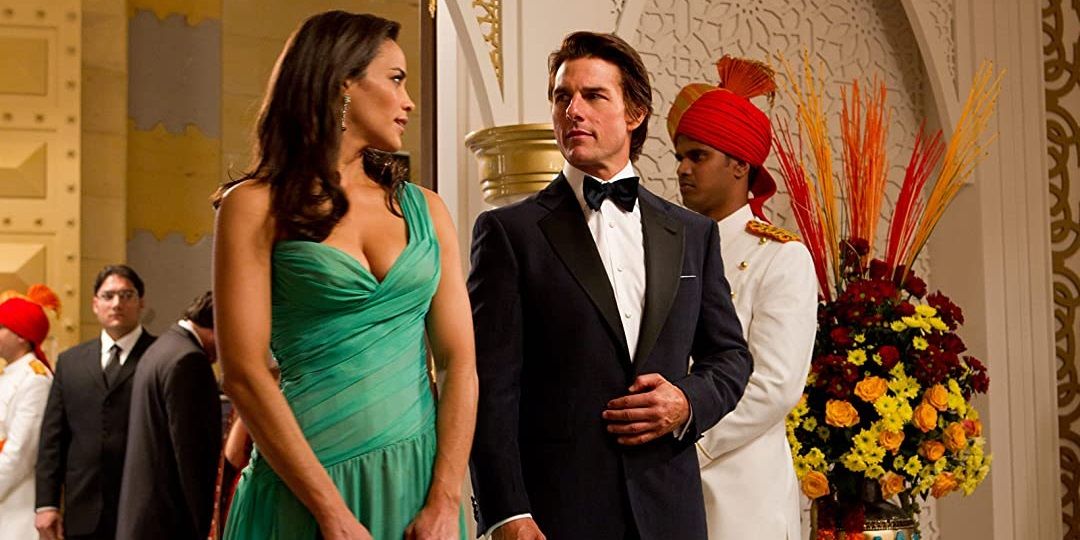
After J.J. Abrams’ directorial debut, Mission: Impossible III, exposed the shortcomings of the franchise, Brad Bird busted it wide open with Ghost Protocol, giving a franchise on its last legs a second wind.
Bird expanded the scale of the franchise, upped the number of unforgettable set pieces, and pushed Cruise to his limits. Fallout simply perfected the new M:I formula, but Ghost Protocol created it.
from ScreenRant - Feed https://ift.tt/3iZnSRc



0 Comments